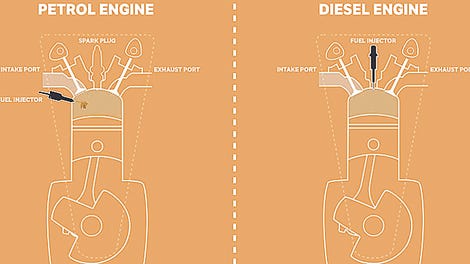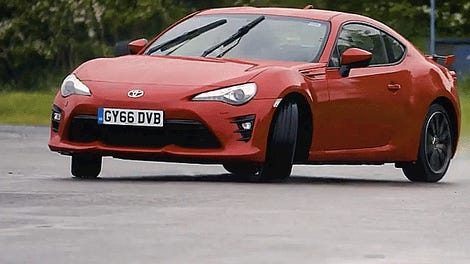You already know VTEC is the reason any Honda Civic is just one exhaust upgrade away from being fastest car on Earth. But, what is it actually?
Instead of exploring every complexity and nuance that makes each Honda engine equipped with Variable valve Timing and lift Electronic Control strike a unique balance between power and efficiency, our English friends at CarThrottle have actually whipped up a clean and tidy VTEC explainer animation as a part of a strange and pointless experiments.
I won’t spoil the result Alex got with his groundbreaking research regarding whether or not VTEC works in reverse, but the simplistic illustration at the beginning of the video is actually really neat.
Advertisement
To boil it down even further at the risk of possibly insulting your intelligence: basically a camshaft is this bumpy stick in your engine mounted horizontally. The bumps on this stick pushes the engine’s valves open, and those valves let air into the combustion chamber.
More air makes a bigger bang and more power.
So big bumps, actually called cam lobes, can make more power while smaller ones generally enable better efficiency.
Advertisement
VTEC lets one engine have two tiers of cam lobes; a small set for low RPM high-efficiency puttering and a bigger set for air-sucking hard acceleration. Now some VTEC-equipped Hondas are more performance-oriented than others and the delta between one cam profile and another isn’t necessarily as dramatic as Honda’s fanboys might claim. But, as you can hear in that sound clip of the O.G. Civic Type R in that same video, an appreciableis definitely happening when a car crosses the VTEC threshold.

















